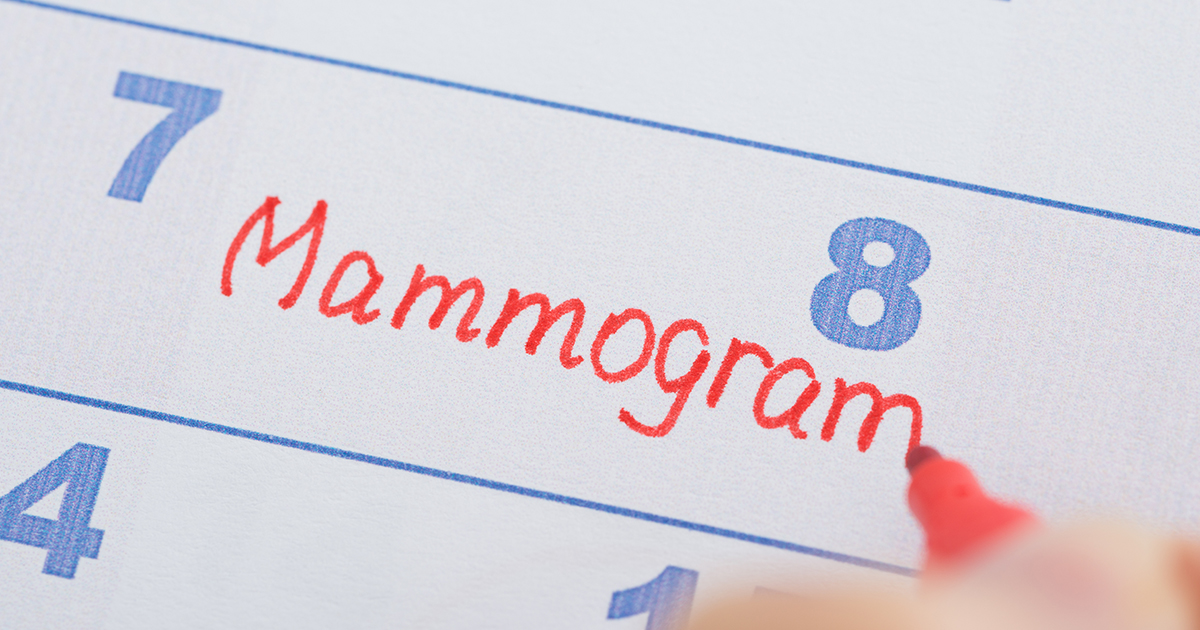
Does it hurt to get a mammogram?
“That’s it?”
“That was no big deal.”
“Why didn’t I do that sooner?”
“I can’t believe I waited so long!”
These are the most common statements Allison Gleason, a mammography supervisor for OSF HealthCare, hears from women right after their first mammogram. They’re relieved and usually feel a little silly about having been afraid of the screening in the first place.
But fear is a common cause of women holding off getting their first mammogram. After all, there is a lot of misinformation circulating about mammograms.
“I think it’s a fear of the unknown and a fear that comes from what they hear from other women,”
Gleason said. “Women often hear about how bad it hurts. Then, usually after you take the first picture they’ll start laughing and say, ‘Is that it?’
“It’s not as bad as you heard.”
How long does a mammogram take?
A normal breast cancer screening consists of four pictures – two from side views and two
from the front view, and the mammogram itself takes less than 10 minutes, Gleason said. The images should get everything from the collar bone to the middle of the chest. There are some questions to answer and some paperwork to fill out beforehand, so the whole thing takes less than 30 minutes.
What if my mammogram is painful?
A mammogram shouldn’t hurt. It is uncomfortable – after all, the machine compresses the breasts to see through the layers of breast tissue – but it shouldn’t be a painful experience.
“If you’re experiencing pain, you should definitely say something so the mammography technician can adjust what they’re doing,” Gleason said.
At OSF, she added, the team is very sympathetic to women who are having their first mammogram and are scared.
“Really talk to your mammography tech,” Gleason suggested for mammogram first-timers. “Let them know you’re having anxiety, it’s your first one and you don’t know what to expect. We’ll walk you through it, try to calm you down, explain it all as it happens.”
Are mammograms more painful for large breasts?
Your level of discomfort can be impacted by the size of your breasts, the density of your breasts, the positioning of your breasts in the machine and even where you are in your menstrual cycle. But if the discomfort rises to an intolerable pain level, you should speak up right away.
Take breast health into your own hands.
Annual mammograms make a difference
The American Cancer Society recommends women get a screening mammogram annually beginning at age 40.
Annual mammograms are vital to catching breast cancer early, before it can spread. When breast cancer is detected early, cancer treatment is less invasive and typically leads to better outcomes.
Schedule your mammogram as soon as possible, if you fit the criteria, because mammograms help save lives.